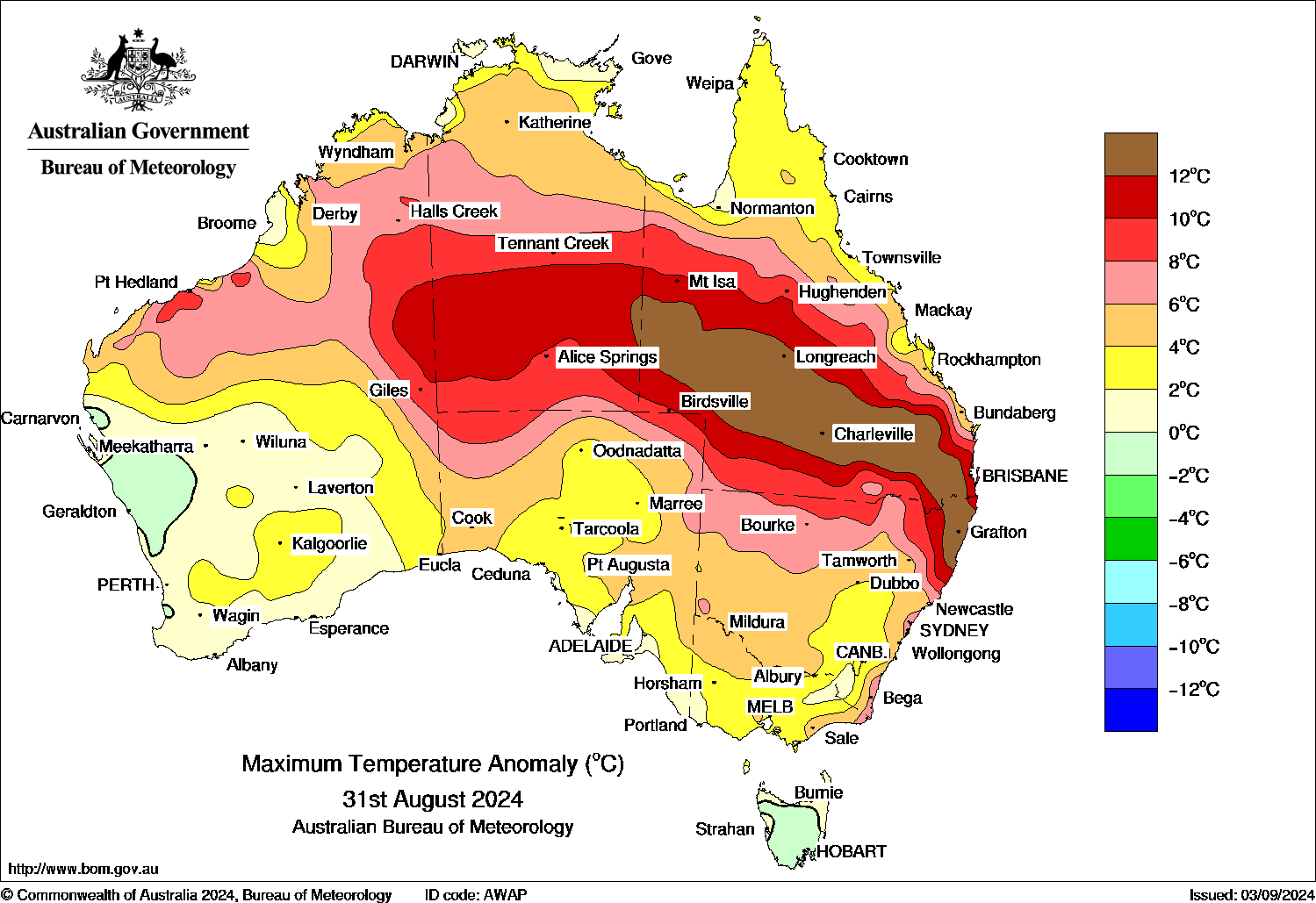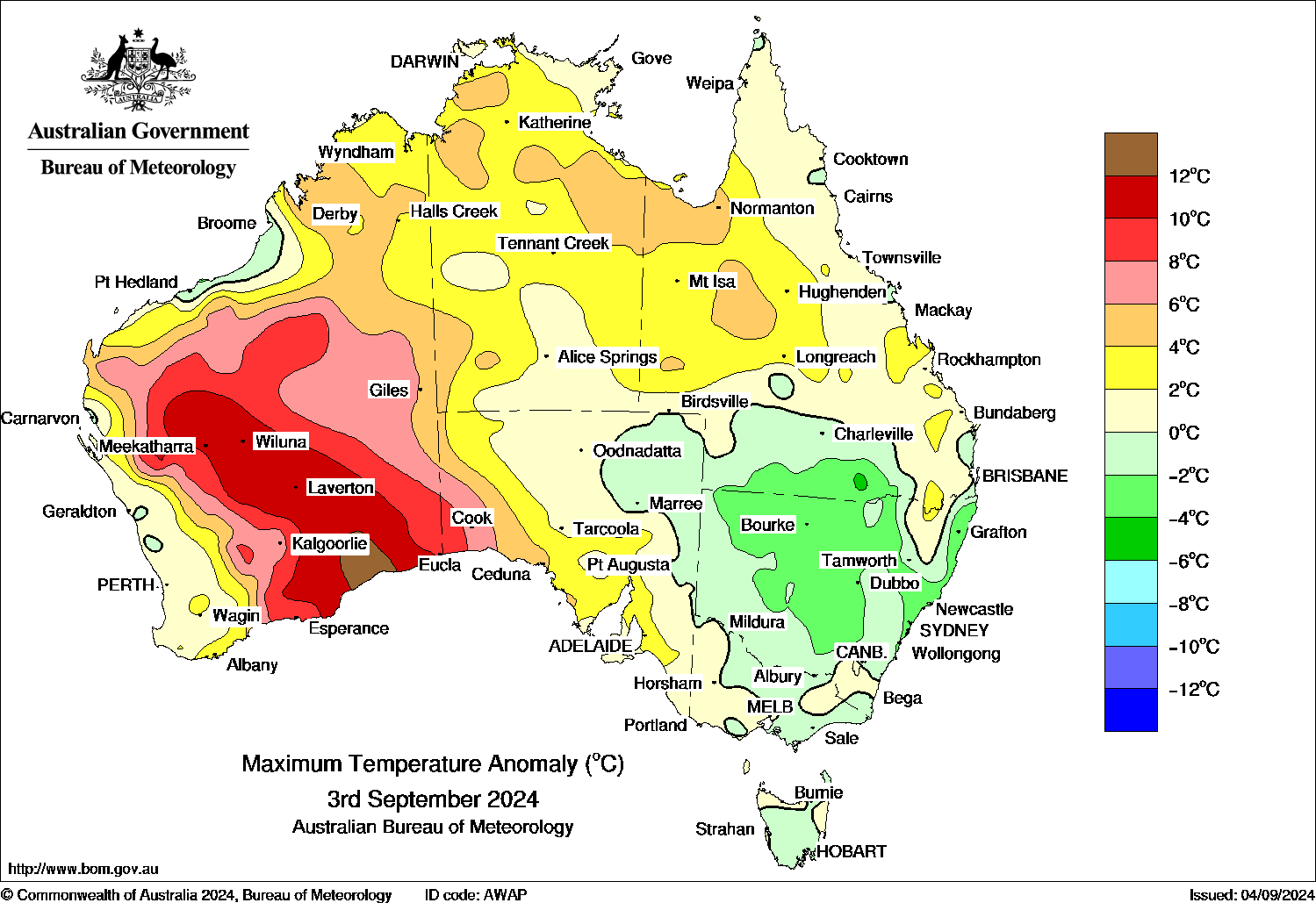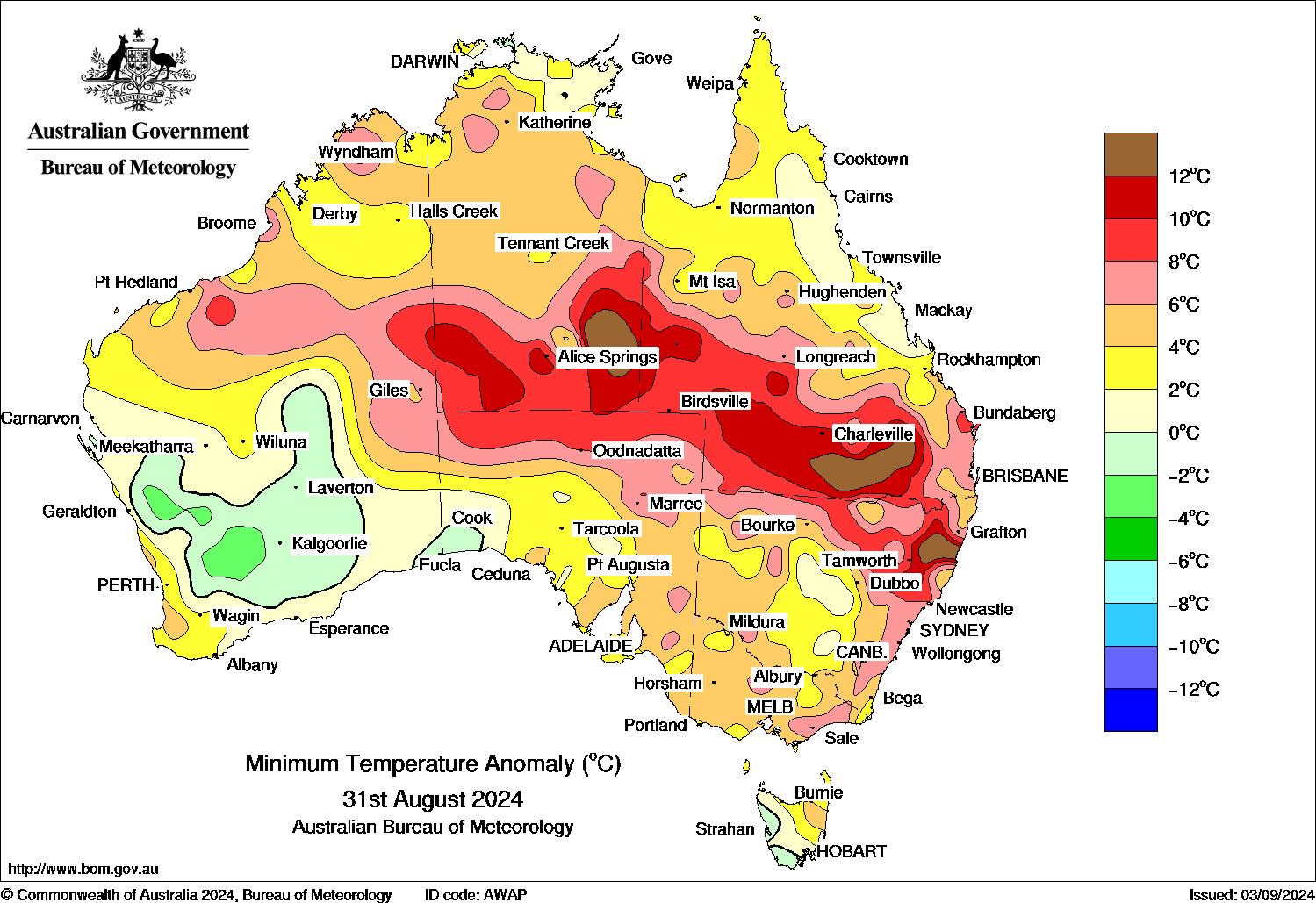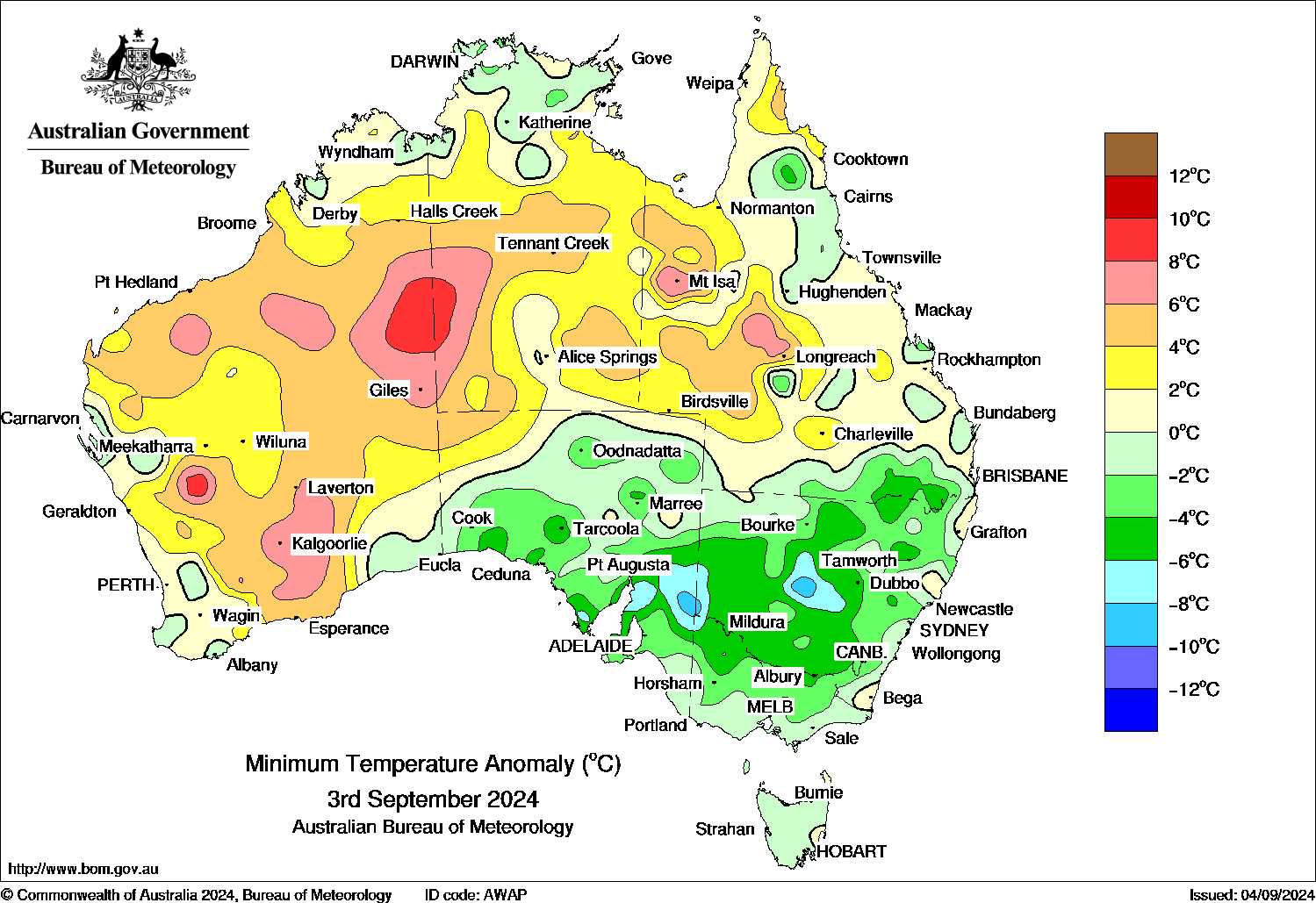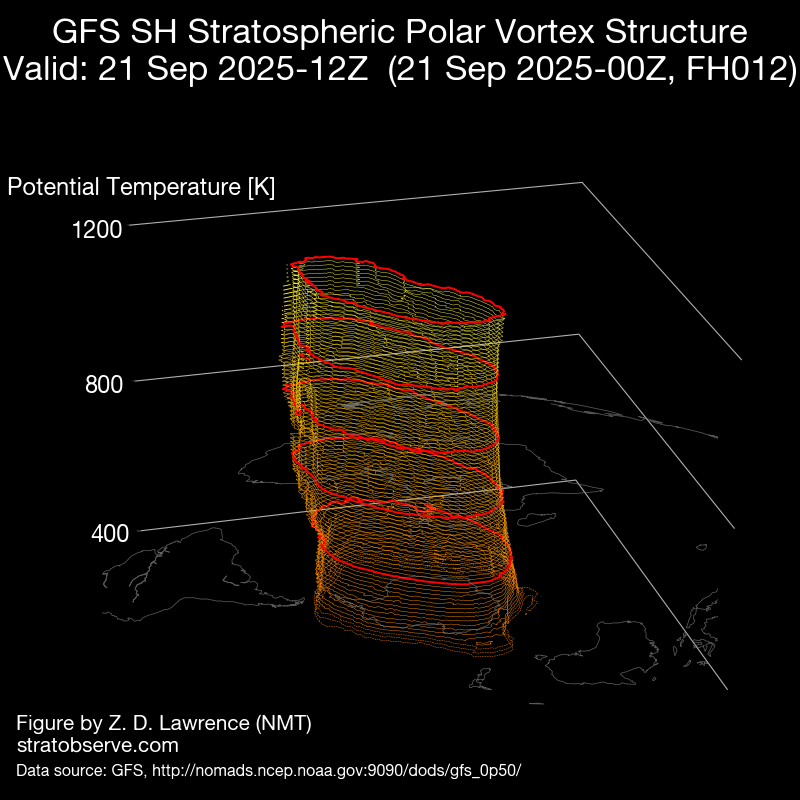From Winter Heatwave to Spring Frosts: What Influences Temperatures - Sun or Wind?
- Weatherwatch
- Sep 4, 2024
- 2 min read
Just days ago, winter felt like a distant memory across much of NSW and Queensland as heat records tumbled one after another. Fast forward to the first few days of spring, and temperatures have suddenly crashed! This morning (Wednesday, 4th September 2024), Glen Innes dropped to -4.2°C, the western suburbs of Sydney saw minimums plunge to 1.3°C, and western areas of Brisbane didn’t fare much better, falling to 4.0°C.
Maximum temperature anomaly (August 31 vs September 3, 2024). Source: Bureau of Meteorology
Minimum temperature anomaly (August 31 vs September 3, 2024). Source: Bureau of Meteorology
This raises the question—what influences temperatures more: the sun or the wind?
The short answer is that both play crucial roles in different ways.
Australia is a vast continent with a large airmass located quite close to the Equator. Here, the sun shines directly overhead for much of the year, meaning temperatures warm up quickly. Consider the town of Marble Bar, which holds the unenviable title of Australia’s Hottest Town. In June, its coolest month, the average maximum temperature is 27.1°C. However, by August, the average maximum rises to 30.5°C, and in September, it’s just shy of 35°C.

Visitors to Marble Bar are provided a warm welcome.
The reason is that Australia’s dry northwest heats up and cools down rapidly with the passage of the sun. The winter solstice occurs in late June, meaning by August, the sun is already more directly overhead and the days are longer, allowing the airmass here to heat up quickly.
When the right winds occur, they can push this warm airmass across the country. This is exactly what happened in recent weeks—the hot airmass from northwestern Australia was pushed down into NSW and Queensland, bringing unseasonal warmth. If you’re surprised that warm air can travel such a distance, consider this: even at a modest wind speed of 25 km/h, the airmass can travel 600 km in a single day, meaning it would only take a few days to reach NSW and Queensland from northwestern Western Australia.

Combined temperature and wind chart for Australia. This shows how heat and cold air is blown around by winds. Source: https://metcentre.weatherwatch.net.au/
You may think that wind is the obvious answer to what controls temperatures—and this explains Melbourne’s famous “four seasons in one day,” when hot northerly winds from inland Australia can shift to a cold southerly breeze from the Southern Ocean. However, without the sun, there would be no heat to draw from. In fact, without the sun, there would be no broadscale winds either! Winds occur due to the temperature (and pressure) imbalances of the Earth caused by the sun’s uneven heating.
So, the answer is that both the sun and wind are equally important. However, on a local scale, winds often have a more immediate impact on day-to-day temperatures than the sun.

